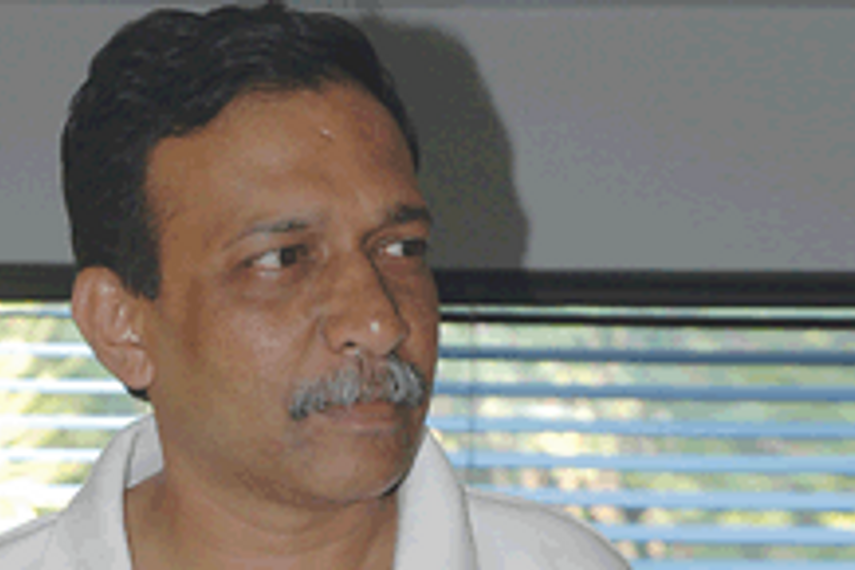
Please sign in or register
Existing users sign in here
Having trouble signing in?
Contact Customer Support at
[email protected]
or call+91 22 69489600
I always thought of Vir Sanghvi as a journalist and columnist. Now I know he’s more than just that; he’s a marketer as well.While millions (literally) of blogs are launched each year, a few get noticed and fewer still are successful.Sanghvi’s blog has got noticed on the very first day it went live and is on the way to success.I was told of the site because it had a reference to the magazine that I edit, Campaign India.

Contact Customer Support at
[email protected]
or call+91 22 69489600
Top news, insights and analysis every weekday
Sign up for Campaign Bulletins
While analytics continued to be the fastest-growing segment, custom market research grew 8%, showcasing an appetite for specialised services.
Campaign Explainer: India’s warning over Grok revives advertiser anxieties from 2022, reopening questions of brand safety, platform accountability and Musk-era moderation gaps.
Mass appeal is not where most brands are focused anymore. Here are five trends that will shape marketing this year.
Hub launches with four 'Super Agents'.